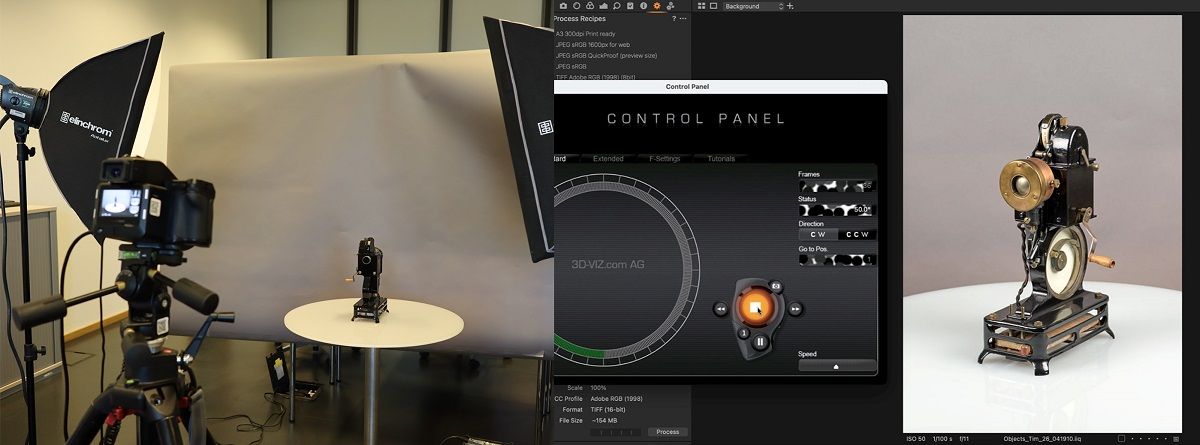The CRAFTED-DEMA dataset
The new CRAFTED-DEMA dataset includes a range of materials produced within the three-year research project Doing Experimental Media Archaeology (DEMA) (2019-2022), which was led by the Luxembourg Centre for Contemporary and Digital History (C2DH), University of Luxembourg. The DEMA project systematically explored the potential of doing hands-on experiments with historical media technologies in order to better understand and experience how they worked and were used in the past.
The dataset, created within the framework of the CRAFTED project and provided by the Open University of the Netherlands as partner of the CRAFTED consortium, in collaboration with C2DH, provides access to high-quality photos, videos, sound recordings, 360-degree photos and 3D objects of various analogue media objects. Read on to discover more about the objects the dataset includes and research from the DEMA project.
Home cinema and amateur film technologies
For the DEMA project, I explored early 20th century home cinema and amateur film technologies. Interested in the emergence of home cinema at the beginning of the 20th century, I conducted historical re-enactments with a Kinora viewer (ca. 1907) and Pathé Baby film projector (ca. 1924).




